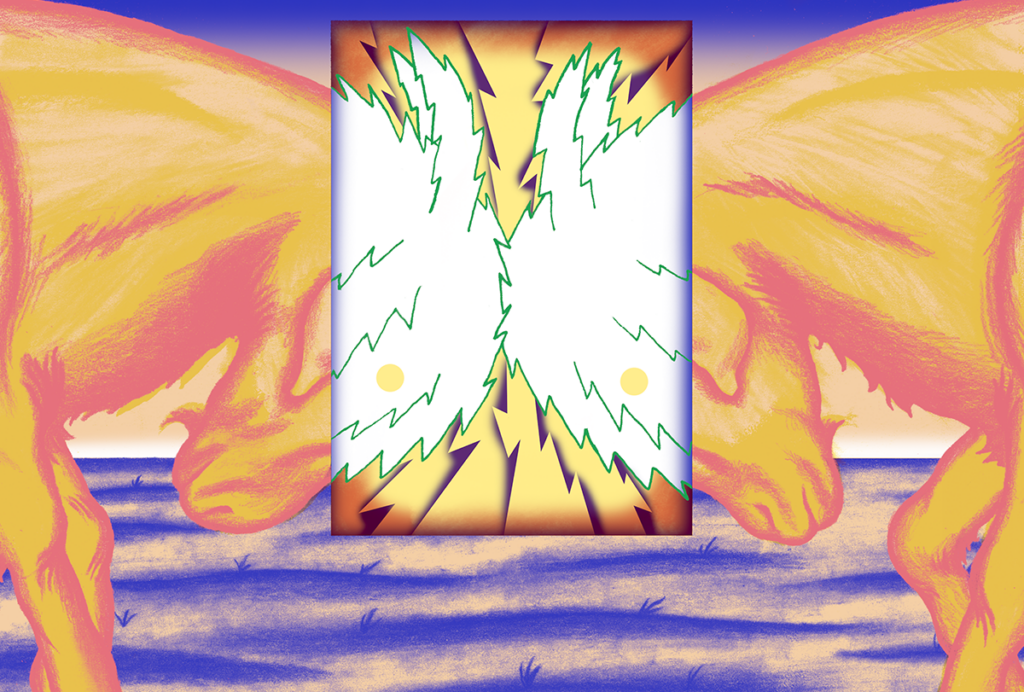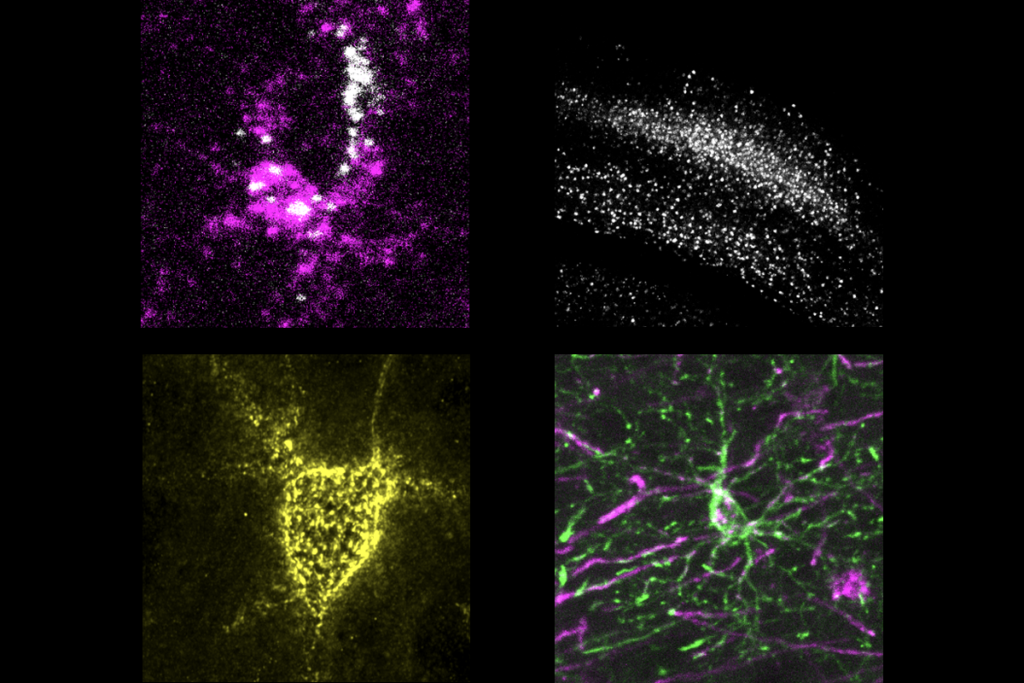Spectrum’s Autism Drug Trial Tracker
Recent articles
Autism Drug Trial Tracker
Explore hundreds of clinical trials with our interactive tool.

Autism Drug Trial Tracker
Explore hundreds of clinical trials with our interactive tool.
Introducing Spectrum’s Autism Drug Trial Tracker
The tool provides interactive, curated information on more than 200 clinical trials for autism and related conditions.

Introducing Spectrum’s Autism Drug Trial Tracker
The tool provides interactive, curated information on more than 200 clinical trials for autism and related conditions.
Autism Drug Trial Tracker: User Guide
Learn how to use the Autism Drug Trial Tracker, with specific examples and detailed explanations for each data column.

Autism Drug Trial Tracker: User Guide
Learn how to use the Autism Drug Trial Tracker, with specific examples and detailed explanations for each data column.
Explore more from The Transmitter
Alex Maier argues that a scientific explanation of consciousness requires grounding in formalized mathematics
When it comes to discovering laws of nature for consciousness similar to those in physics, Maier argues that integrated information theory is the only game in town.
Alex Maier argues that a scientific explanation of consciousness requires grounding in formalized mathematics
When it comes to discovering laws of nature for consciousness similar to those in physics, Maier argues that integrated information theory is the only game in town.
Neuro’s ark: How goats can model neurodegeneration
Since debunking an urban legend that headbutting animals don’t damage their brain, Nicole Ackermans has been investigating how the behavior correlates with neurodegeneration.

Neuro’s ark: How goats can model neurodegeneration
Since debunking an urban legend that headbutting animals don’t damage their brain, Nicole Ackermans has been investigating how the behavior correlates with neurodegeneration.
Astrocytes stabilize circuits in adult mouse brain
The glial cells secrete a protein that suppresses plasticity post-development.

Astrocytes stabilize circuits in adult mouse brain
The glial cells secrete a protein that suppresses plasticity post-development.